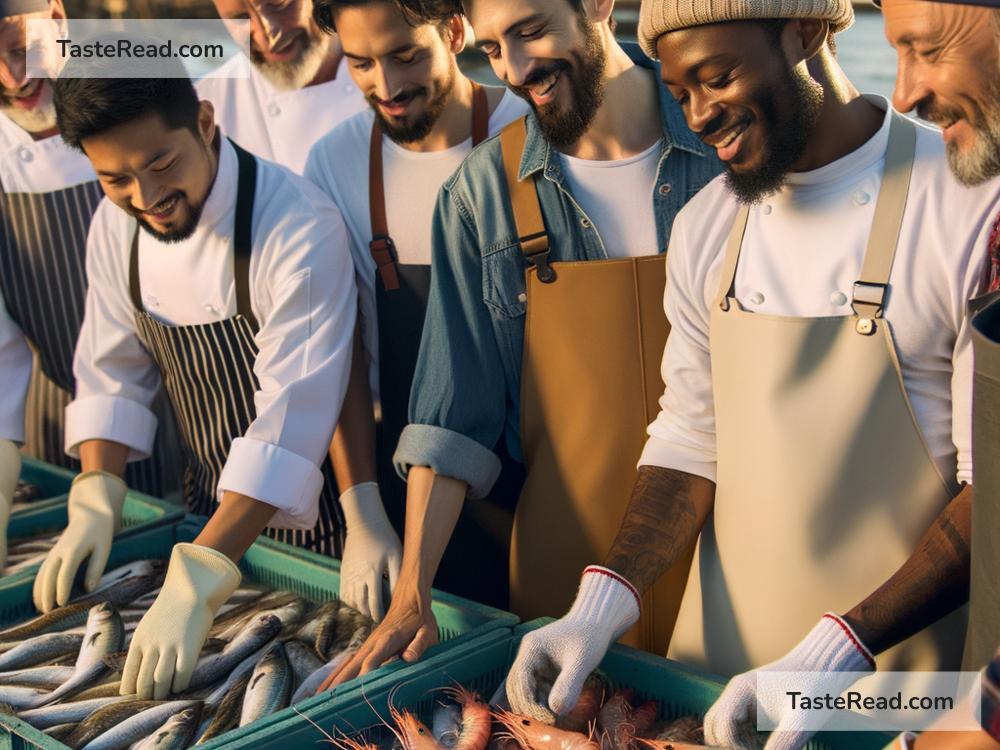How to Source Ingredients from Local, Low-Impact Aquaculture Systems
For those of us curious about sustainable eating and cooking, the term ‘aquaculture’ might sound a bit fancy. Simply put, aquaculture is like agriculture, but for fish and other seafood. Think of it as farming that happens in water, not on land. Now, why should we care? Well, as our global appetite for seafood grows, so does the need for sources that don’t harm our oceans. This is where local, low-impact aquaculture systems come into play. They offer a promising path towards environmental responsibility and sustainable eating. Let’s dive into how you can source ingredients from these systems.
Understand What Low-Impact Aquaculture Means
First off, it’s crucial to understand what makes aquaculture “low-impact”. This term typically refers to systems that are designed to minimize environmental harm. This includes using fewer chemicals, recycling water, reducing waste, and protecting local wildlife. The goal is to produce seafood in a way that could theoretically keep going forever, without damaging the planet.
Know Your Seafood
Knowledge is power. The first step to sourcing sustainably is understanding what you’re looking for. Study the kinds of seafood that are native to your area and the seasons they are typically harvested. This knowledge will serve as your compass in finding the right local producers. Remember, not all seafood profits the ecosystem equally. For instance, filter feeders like mussels and oysters actually clean the water they’re grown in, making them superstar choices for sustainable seafood lovers.
Connect with Local Fishermen and Aquaculture Farms
Local farmers’ markets are not just for land-based produce anymore. Many coastal communities and even inland areas near freshwater sources have fishermen and aquaculturalists selling their harvest directly to consumers. Here, you not only get the freshest catch but can also chat with the producers about their farming practices. Ask about their methods, their impact on the local ecosystem, and any certifications they might have. This direct line of communication is invaluable in ensuring the seafood you buy is sustainally sourced.
Look for Certifications
When direct communication isn’t possible, as might be the case in supermarkets, look for certifications that indicate sustainable practices. Certifications like the Aquaculture Stewardship Council (ASC), Marine Stewardship Council (MSC), or Best Aquaculture Practices (BAP) can be good indicators that the seafood comes from sources that adhere to environmental and ethical standards. However, always carry out a bit of your own research on these certifications, as standards and criteria can vary.
Participate in Community Supported Fisheries (CSFs)
Community Supported Fisheries (CSF) are like the ocean-loving cousin of Community Supported Agriculture (CSA) programs. By joining a CSF, you buy a “share” of a local fisherman’s catch for the season. This not only ensures that you get a regular supply of fresh, locally-caught or farmed seafood but also helps support the local economy and promotes sustainable fishing practices. It’s a win-win.
Embrace Seasonality and Diversity
Being flexible and open to trying different kinds of seafood can significantly amplify your impact on promoting sustainable practices. Fishing and farming seafood in a way that doesn’t harm the environment often means there are times when certain species are more abundantly available than others. By consuming according to these natural cycles, you encourage the market to operate within the planet’s limits.
Educate Yourself and Spread the Word
As you embark on this journey of discovery and sustainable consumption, don’t forget to share what you learn with others. Whether it’s a recommendation for a local, sustainable seafood market or explaining the importance of low-impact aquaculture to a friend, your voice matters. Education and awareness are key components in building a more sustainable seafood industry.
Conclusion
Sourcing ingredients from local, low-impact aquaculture systems is not just a step towards more sustainable eating habits; it’s a testament to our commitment to the planet. By understanding what to look for, connecting with local producers, and making conscious choices, we can all play a part in supporting a system that benefits our health, our communities, and the environment. Let’s dive into this delicious journey with open minds and eager forks.
Remember, each little action counts. Your decision to choose sustainably sourced seafood sends a strong message about the kind of world you want to live in. So, the next time you’re planning a seafood feast, think local, think low-impact, and think about the big picture. Happy sustainable eating!


